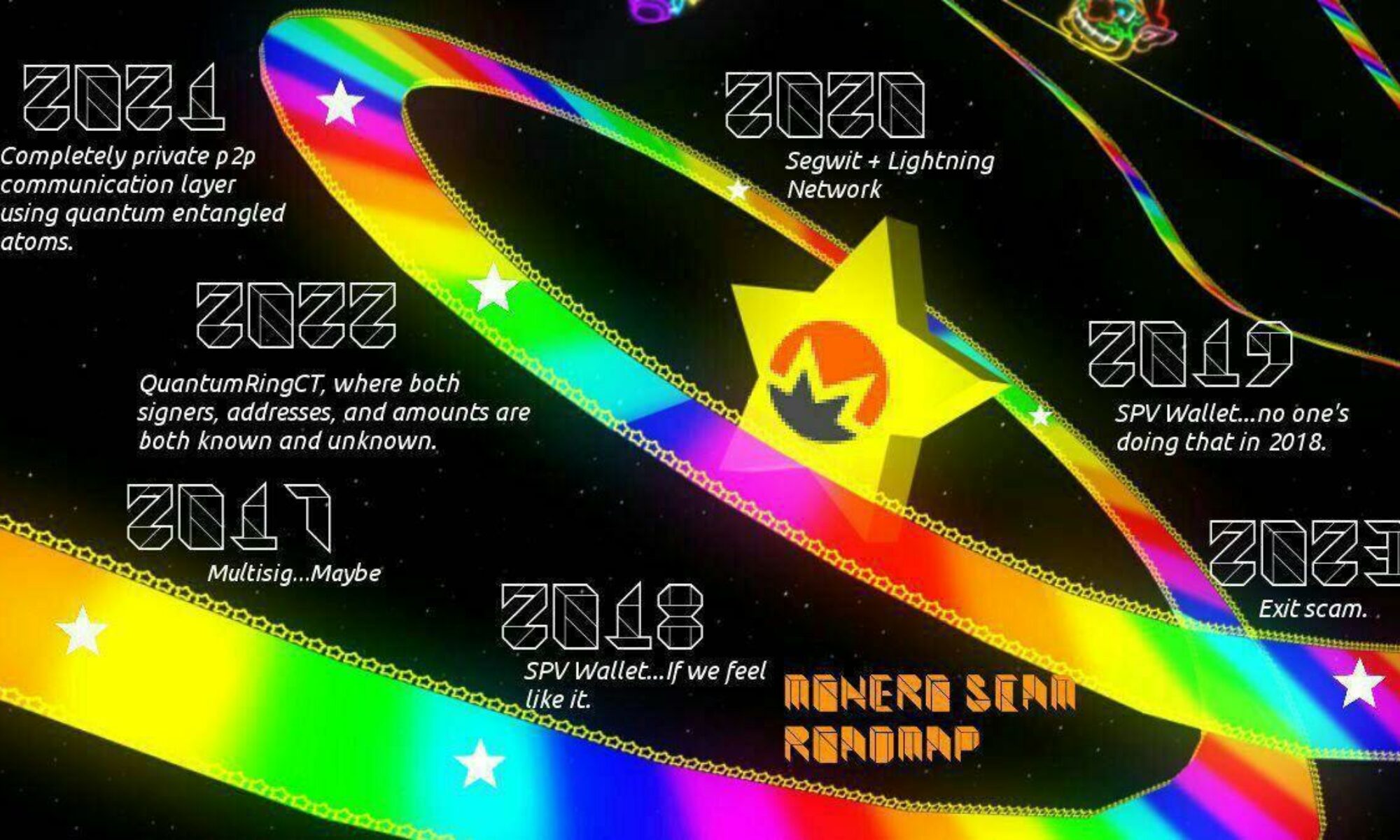
OK Blockchain Foundation Launches Eighth and Largest Round of Buy-Back and Burn of OKB, the World’s First Fully Circulating Platform Token

VALLETTA, Malta, June 5, 2020 /PRNewswire/ — OKEx (www.okex.com),
the world’s largest cryptocurrency spot and derivatives exchange, announces that OKB Blockchain Foundation, the issuer of OKB, has launched its eighth and largest buy-back and burn of OKB tokens. From the period between March 1 and May 31, a total of 3,509,874.52 OKB was bought back and burned (equivalent to USD $19,000,000, as per OKB price on June 2, 2020). This represents a $1 million increase from the previous period.
OKB Buy-Back and Burn Initiative
The OK Blockchain Foundation launched the OKB buy-back and burn initiative on May 4, 2019, for the then-circulating supply of 300 million OKB. The goals of buy-back and burn are not to influence the token price but to foster the sustainability of the OKB ecosystem and further the use cases for OKB, therefore benefitting its holders. As of today, after the eighth round of OKB being sent to a black-hole address to burn, a total of 20,671,583.58 OKB has been burned. The current circulation of OKB is 279,328,416.42. After the launch of OKChain testnet in February 2020, the 700 million unissued OKB tokens were also burned and the decision was taken to issue no further tokens in the future. This converted the OKB token into a fully deflationary token as well as the world’s first fully circulating platform token.
Benefits for OKB Users
In order to provide maximum benefits to OKB users, there has been a heavy focus on furthering partnerships and adoption of OKB not only on the OKEx platform but also with global ecological partners. The OKB ecosystem continues to expand, bringing advantages to OKB users in many new and exciting ways.
Updates on OKChain
Since its launch in February of this year, rapid progress has been made on OKChain and the OKChain testnet has recently been updated to version 0.10. This new version optimizes the voting mechanism for ecological nodes and has also kickstarted global recruitment for supernodes. OKB holders will enjoy 100% genesis blocks mapping of the native token of OKChain (OKT) upon launch of the mainnet. OKT fuels the OKChain ecosystem and its users can operate as validators and supernodes and act as voting proxies. OKB holders can also become supernodes in the OKChain ecosystem with greater voting rights over the chain’s development as well as the ability to issue their own DEX and list trading pairs. The first batch of OKChain’s alliances includes public chains, browsers, wallets, and mining pools, and OKChain users can enjoy first-class services offered by OKChain’s top global partners.
More Privileges on the OKEx Platform and Beyond
OKB holders now have increasingly more privileges on the OKEx platform and beyond. Currently, OKB holders can benefit from 14 internal preferential options when trading, including trading fee discounts, the opportunity to invest in promising blockchain assets through OKEx Jumpstart, the chance to earn a passive income with OKB Savings, and payment options at designated merchants.
To meet the increasing demands of its users and continue to develop the OKB ecosystem, OKB has been expanding its trading channels worldwide. These include C2C Trading Pairs (OKB supports many mainstream fiat currencies, including USD, Euro, Korean Won, Vietnam Dong, Indonesia Rupiah and Ruble), and spot trading of OKB on more than 50 exchanges including Bitfinex and BitMEX. These trading channels will continue to expand to benefit OKB holders. OKB has also developed 50 application scenarios worldwide from payments, loans and financial management, to tourism, life services, social networking, and entertainment. OKB holders can enjoy multiple high-quality services from mortgage lending to hotel reservations, and security services using OKB.
Article Produced By
Cryptoshib
cryptoshib.com is author of this content, TheBitcoinNews.com is is not responsible for the content of external sites.
Thanks for visiting.









